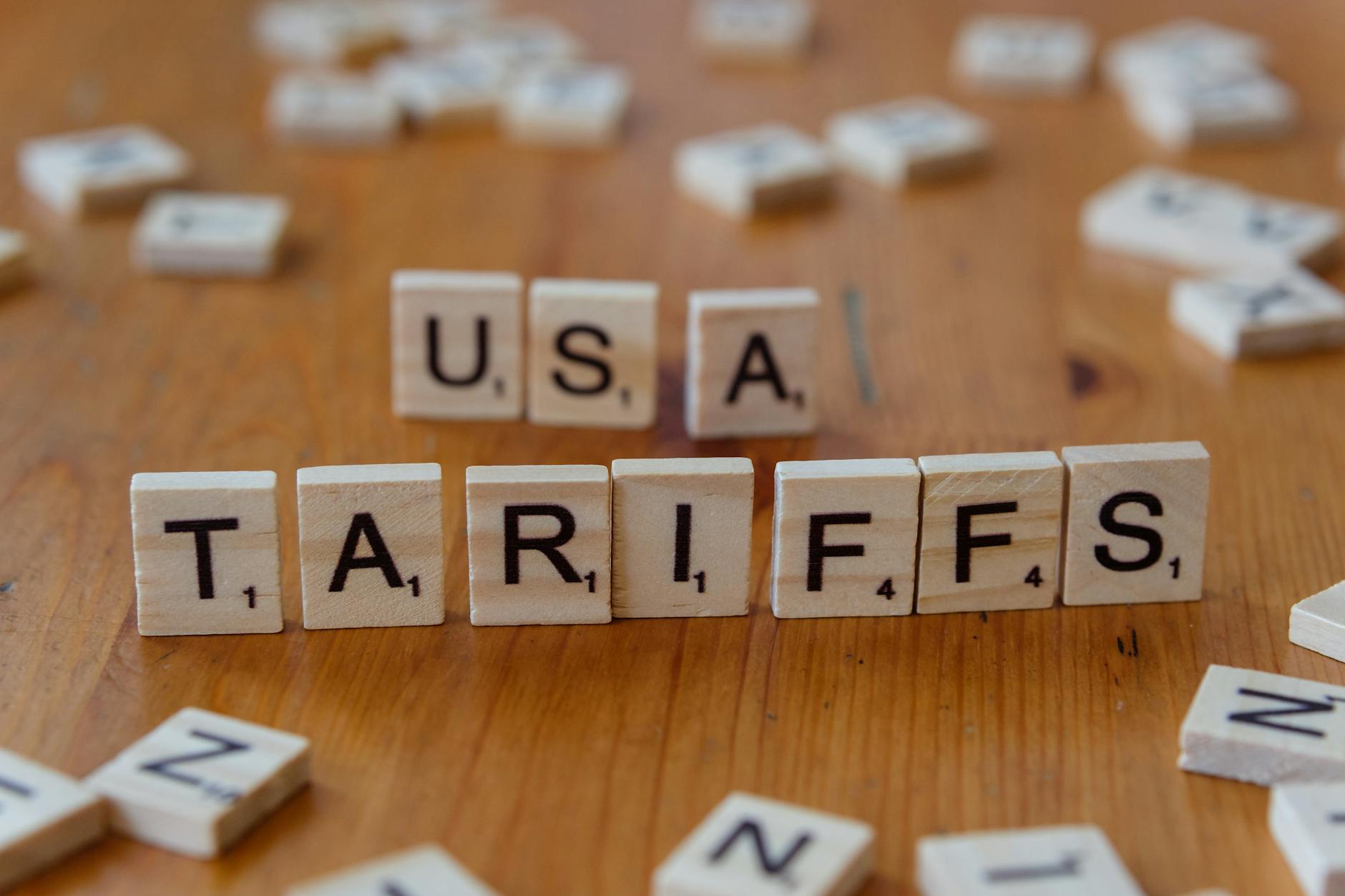Tariffs and higher tariffs on different countries by the Donald Trump administration happen to be the top headlines almost every day worldwide. India has been the latest victim with 50 per cent tariff on Indian exports. How will it affect Indian businesses going forward? Here are some thoughts shared by some of the business leaders.
Mukesh Gupta – Marketing Head, MaxVolt Energy
The imposition of a uniform 25 per cent tariff on Indian automotive exports threatens to destabilise one of India’s fastest-growing manufacturing sectors. In the face of such trade barriers, companies that export advanced EV batteries and power solutions to global automotive brands could suffer a halt in momentum and increased competition. While competing countries such as Vietnam and Turkey benefit from tariffs ranging from 15 to 20 per cent, India now faces a higher cost burden that penalizes its price and supply chains.
This indeed stresses the need to fast-track domestic brand development, market diversification, and the establishment of new bilateral trade arrangements. At Maxvolt Energy, we believe that the strength of India’s automotive exports lies in innovation and skilled labour. To navigate this tariff regime, however, will require policy support, including employment-linked incentives and financial relief for exporters. Collaborative ventures between government and industry will help promote growth and ensure that Indian automotive technology remains competitive on a global scale, despite these challenges.
Eklavya Jain, Founder of Three Fourth Solutions Finance
The 50 per cent tariff imposed by the United States is not just a trade barrier, it’s a signal. For Indian businesses, especially in sectors like manufacturing and semi-finished goods, this is a wake-up call to diversify both export markets and upstream dependencies. At Three Fourth Solutions Finance, we work with brands navigating exactly these economic shocks. Tariffs of this scale force a recalibration of pricing, partnerships, and supply chains. But they also present an opportunity to localize smarter, automate faster and reimagine competitiveness not just for survival, but for scale.






Leave a Reply